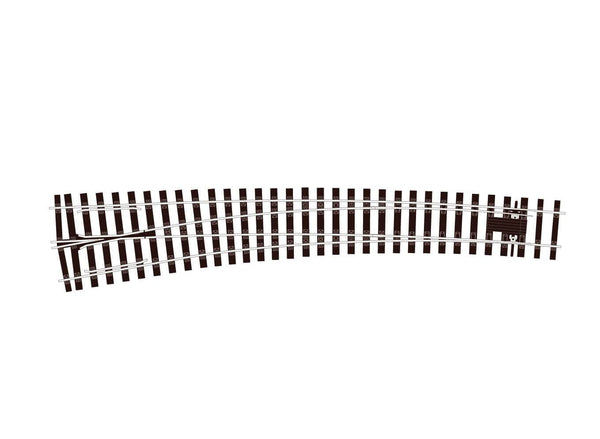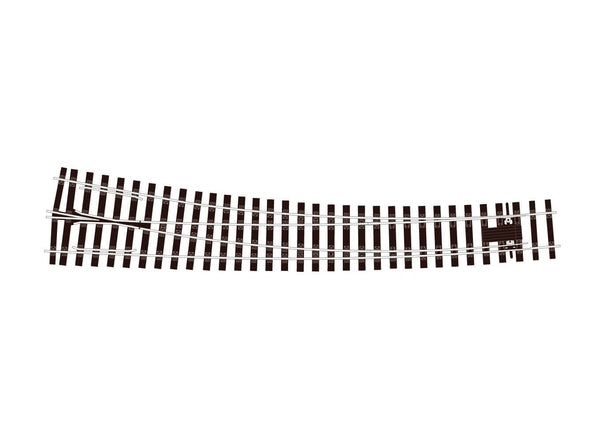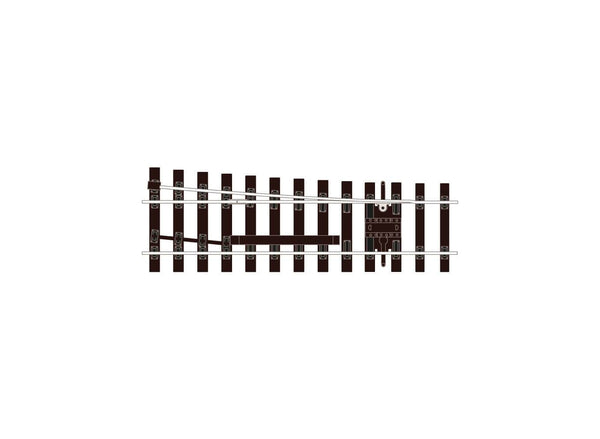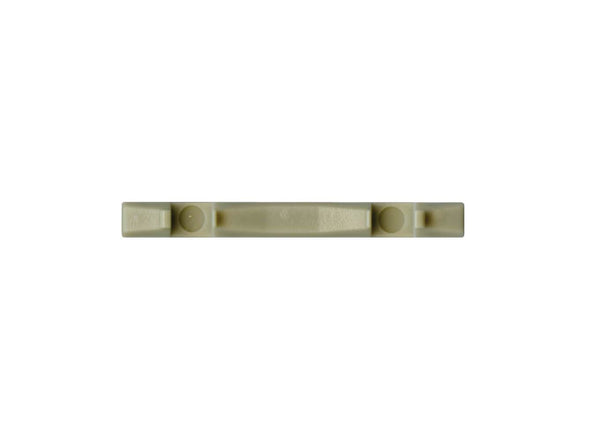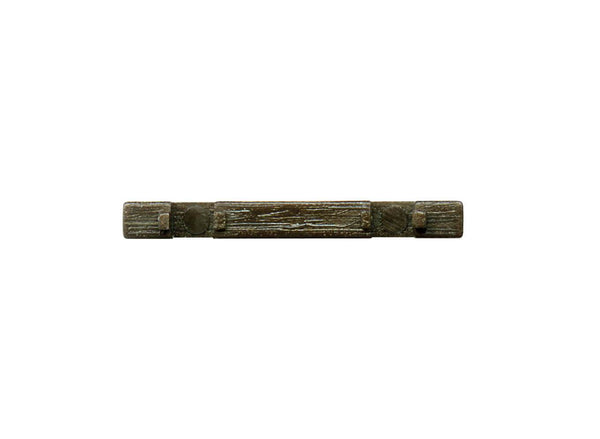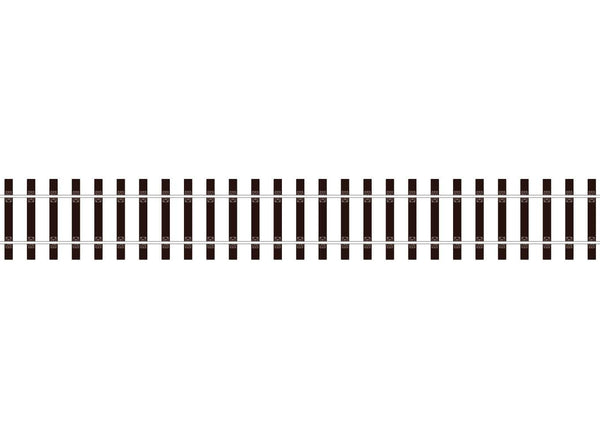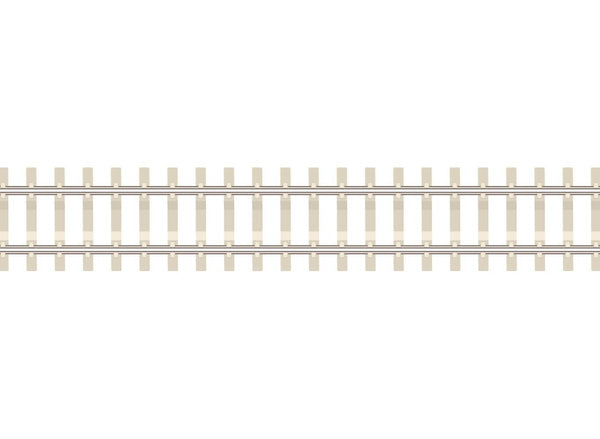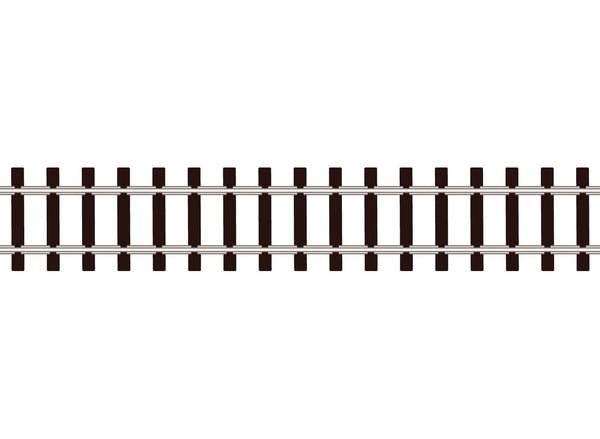BROWSE PECO PRODUCTS
Browse through our complete product portfolio.
258 Products Found
Bullhead O Gauge LH Turnout - Large Radius
Peco Streamline Bullhead 0 Gauge track has set unsurpassed standards for 7mm scale realism. Superbly detailed, its 'wood grain' sleepers are the correct scale width and have integrally moulded scale chairs with square headed fixing bolts and wooden keys.
This range is compatible with the 0 Setrack range; and if, as on the real network, you wish to use a combination of Bullhead and Flat Bottom track the SL-713 Transition Track provides an ideal way to connect the two types.
Bullhead O Gauge Crossing - Double Slip
Double slips can save valuable space at station approaches, junctions etc.
Peco Streamline Bullhead 0 Gauge track has set unsurpassed standards for 7mm scale realism. Superbly detailed, its 'wood grain' sleepers are the correct scale width and have integrally moulded scale chairs with square headed fixing bolts and wooden keys.
This range is compatible with the 0 Setrack range; and if, as on the real network, you wish to use a combination of Bullhead and Flat Bottom track the SL-713 Transition Track provides an ideal way to connect the two types.
Bullhead O Gauge RH Turnout - Large Radius
Peco Streamline Bullhead 0 Gauge track has set unsurpassed standards for 7mm scale realism. Superbly detailed, its 'wood grain' sleepers are the correct scale width and have integrally moulded scale chairs with square headed fixing bolts and wooden keys.
This range is compatible with the 0 Setrack range; and if, as on the real network, you wish to use a combination of Bullhead and Flat Bottom track the SL-713 Transition Track provides an ideal way to connect the two types.
Bullhead O Gauge RH Catch Turnout
The purpose of a Catch Turnout is to derail a vehicle before it rolls out of a siding or branch line on to a main line.
Peco Streamline Bullhead 0 Gauge track has set unsurpassed standards for 7mm scale realism. Superbly detailed, its 'wood grain' sleepers are the correct scale width and have integrally moulded scale chairs with square headed fixing bolts and wooden keys.
This range is compatible with the 0 Setrack range; and if, as on the real network, you wish to use a combination of Bullhead and Flat Bottom track the SL-713 Transition Track provides an ideal way to connect the two types.
Bullhead O Gauge LH Catch Turnout
The purpose of a Catch Turnout is to derail a vehicle before it rolls out of a siding or branch line on to a main line.
Peco Streamline Bullhead 0 Gauge track has set unsurpassed standards for 7mm scale realism. Superbly detailed, its 'wood grain' sleepers are the correct scale width and have integrally moulded scale chairs with square headed fixing bolts and wooden keys.
This range is compatible with the 0 Setrack range; and if, as on the real network, you wish to use a combination of Bullhead and Flat Bottom track the SL-713 Transition Track provides an ideal way to connect the two types.
Joiner Sleepers
Concrete Type Joiner sleepers - For use under the rail joints on Code 55 track
Joiner Sleepers
Wooden Type Joiner sleepers - For use under the rail joints on Code 55 track
Bullhead O Gauge Flexible Track - Wooden Sleeper
Peco Streamline Bullhead 0 Gauge track has set unsurpassed standards for 7mm scale realism. Superbly detailed, its 'wood grain' sleepers are the correct scale width and have integrally moulded scale chairs with square headed fixing bolts and wooden keys. This range is compatible with the 0 Setrack range; and if, as on the real network, you wish to use a combination of Bullhead and Flat Bottom track the SL-713 Transition Track provides an ideal way to connect the two types.
Y Turnout, Medium Radius
PECO Streamline N Gauge Code 80 - Universal trackage system
This ever-popular trackage system for N offers a choice of either wooden or concrete type sleeper flexible track and a wide range of turnouts and crossings in both Insulfrog and Electrofrog types.
Suitable for all makes of N Gauge trains and fully compatible with PECO Setrack. Two of these Y turnouts and an SL-394 Long Crossing will form a double junction.
Crossing, Single Slip
Single slips were often used on double track lines to incorporate a trailing crossover into the access for a siding, goods yard etc. The clever geometry of this range enables the modeller to easily create convenient, complex and aesthetically satisfying track formations using combinations of small, medium and large radius turnouts and crossings.
Despite a low visible rail height of just 1.4mm, all brands of N Gauge model locomotives will run on this track.
The ingenious rail section of PECO 55 combines strength and durability with a highly realistic appearance and uses the same universal rail joiners as Code 80; the geometry of this range has been cleverly designed to make it easy to build convenient, complex and aesthetically pleasing formations. For more details on Electrofrog turnouts, see our Wiring the Layout publications Nos 4 and 21.
Flexible Track with Concrete Sleeper
This track models the most common form of concrete sleepering in use in Britain today, with flat bottom rail. PECO Streamline N Gauge Code 55 - Universal Fine trackage system
Despite a low visible rail height of just 1.4mm, all brands of N Gauge model locomotives will run on this track.
The ingenious rail section of PECO 55 combines strength and durability with a highly realistic appearance and uses the same universal rail joiners as Code 80. This track models the most common form of concrete sleepering in use in Britain today, with flat bottom rail. The geometry of this range has been cleverly designed to make it easy to build convenient, complex and aesthetically pleasing formations. For more details on Electrofrog turnouts, see our Wiring the Layout publications Nos 4 and 21.
Flexible Track with Wooden Sleeper
PECO Streamline N Gauge Code 55 - Universal Fine trackage system
Despite a low visible rail height of just 1.4mm, all brands of N Gauge model locomotives will run on this track.
The ingenious rail section of PECO 55 combines strength and durability with a highly realistic appearance and uses the same universal rail joiners as Code 80; the geometry of this range has been cleverly designed to make it easy to build convenient, complex and aesthetically pleasing formations. For more details on Electrofrog turnouts, see our Wiring the Layout publications Nos 4 and 21.










